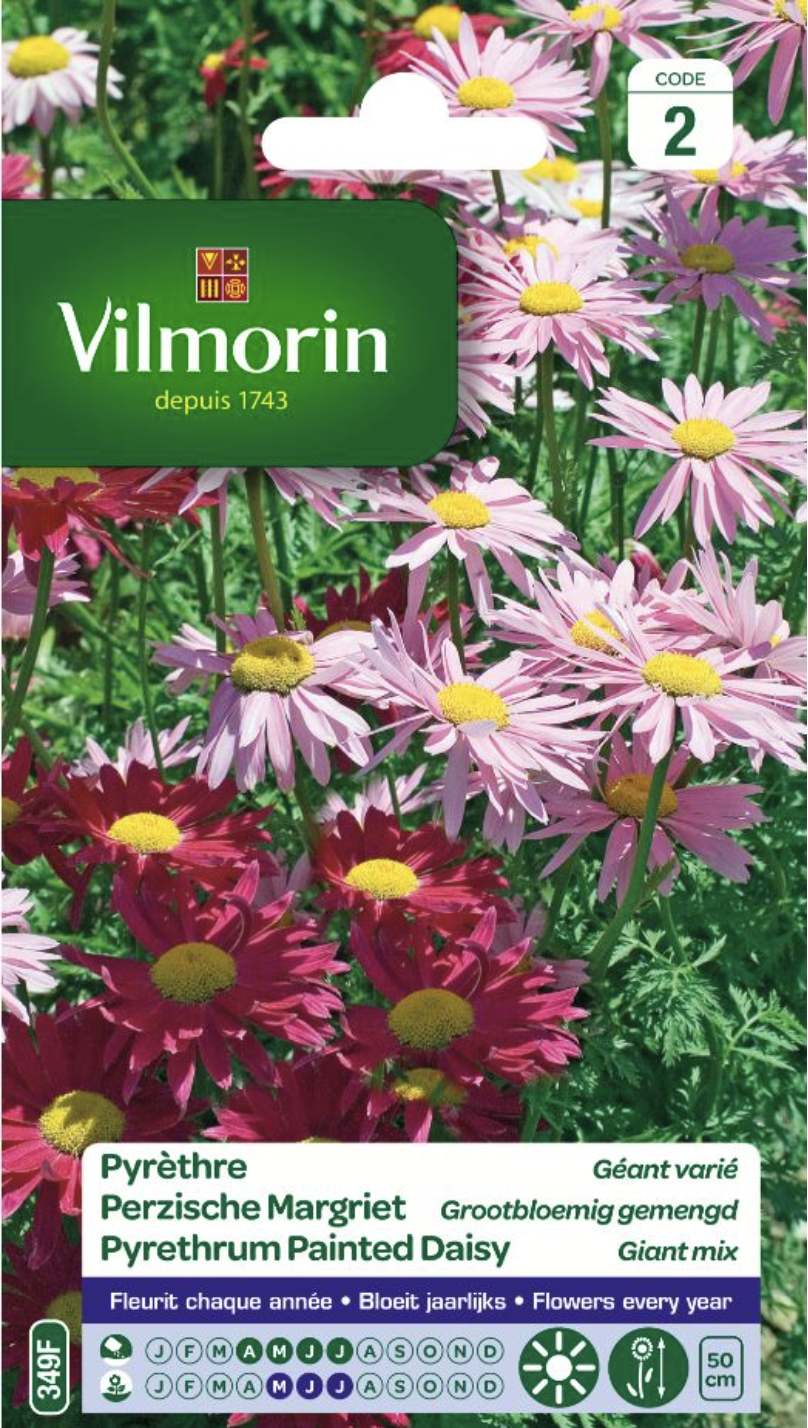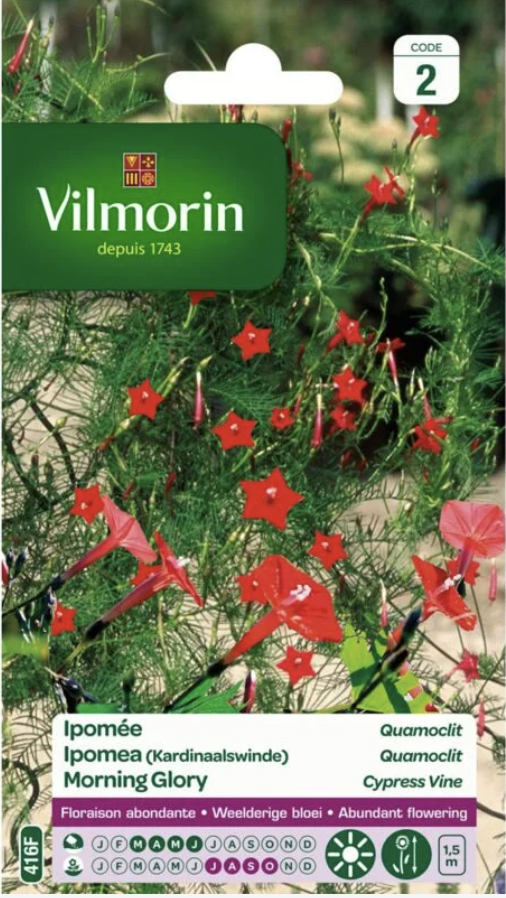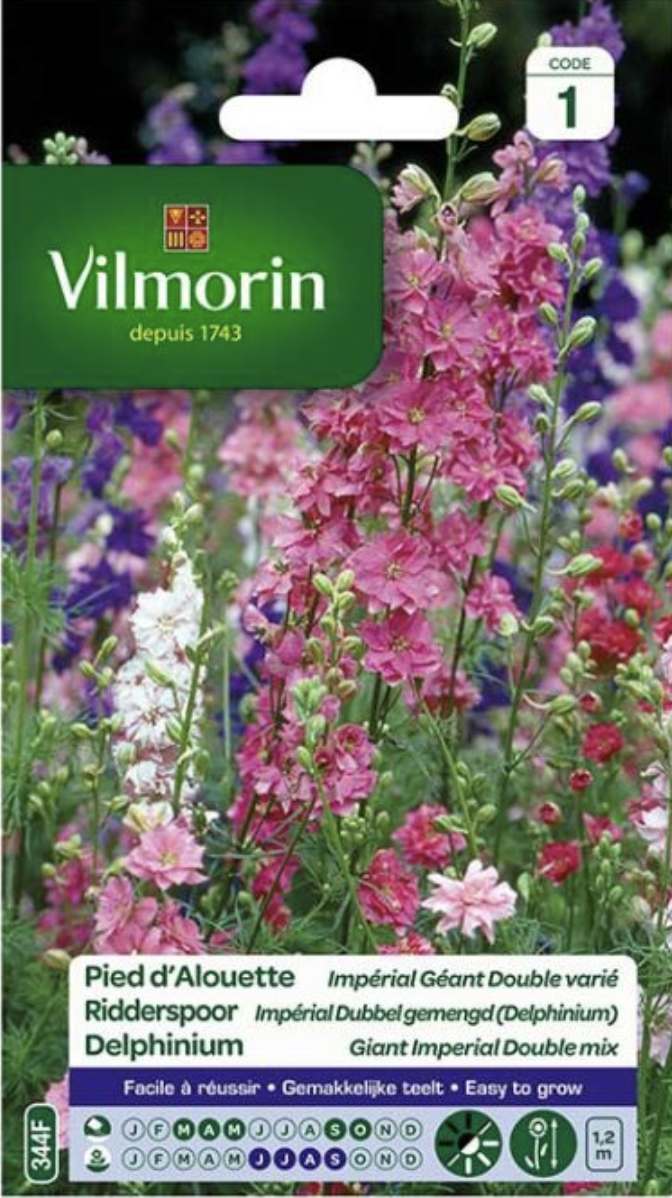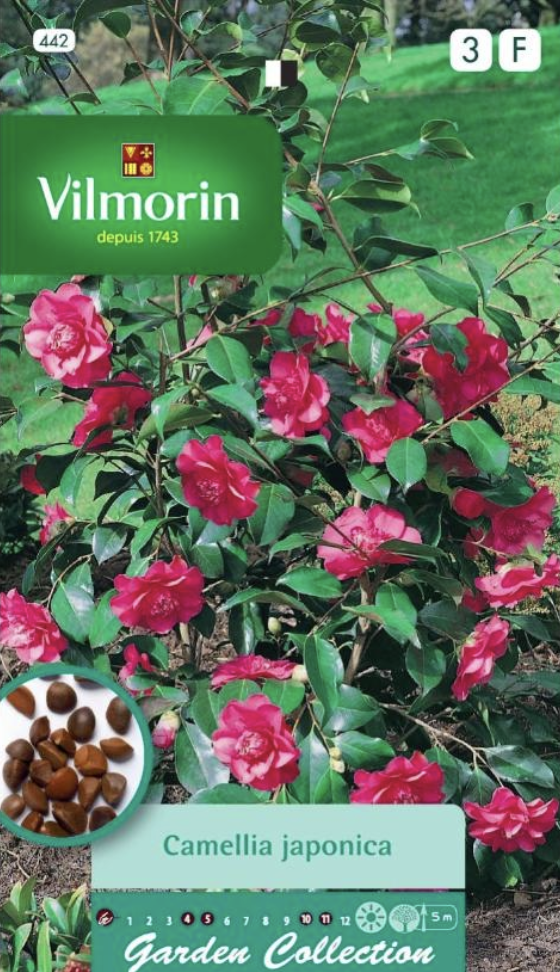Description
A plant with very cut foliage producing large, daisy-like flowers with bright colors. Pyrethrums form magnificent, very bright indoor bouquets
. Pyrethrum has many assets.
First of all, it is a very hardy plant , which can withstand very cold temperatures, down to -30°C. Perennial, it is known to be able to live for about twenty years. It flowers for the first time in May-June and then, if its stems are cut back after the first flowering, again in autumn. Its colors vary from pure white to dark red.
Its flower buds and pollen-filled flowers contain pyrethrin , known for its insecticide action against aphids. Used for centuries by farmers who dried its flowers to reduce them to powder and then spread them on their crops, it was during the first half of the 19th century that an Austrian scientist discovered this practice during a trip to Georgia. Native to South-West Asia and the Caucasus, pyrethrum acclimatizes to poor soils and can even grow in dry and stony areas. On the other hand, it does not like heavy and humid soils, which can suffocate its roots.
Step Guide
Sow in fine, rich soil. Firm the soil. At the 3-4 leaf stage, transplant 10 cm apart.
Just before winter, place in pots, sheltered.
The following spring, plant in open ground 40 cm apart. Flowering from May to the following July.



